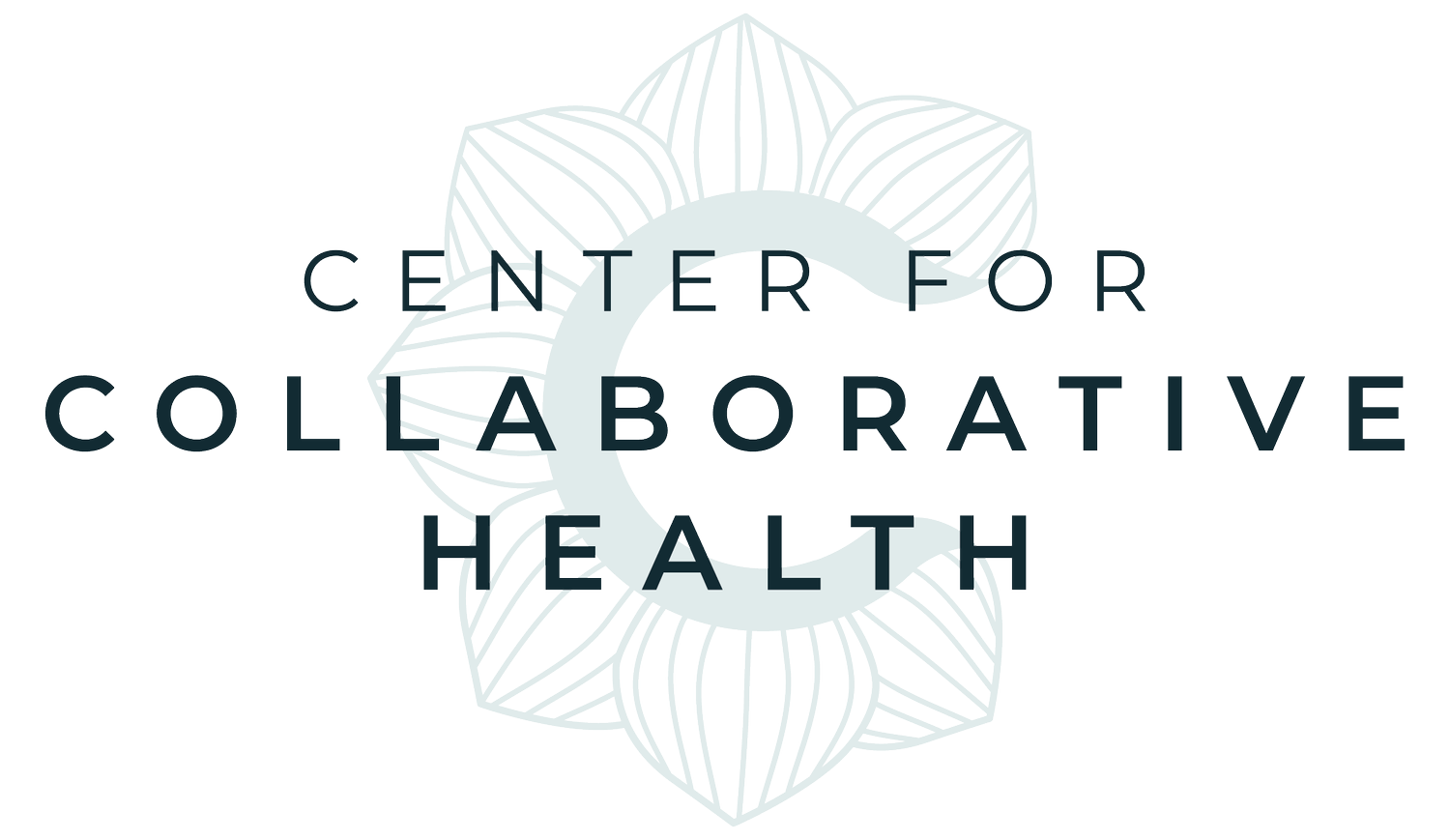Exploring the Healing Arts of Acupuncture and Cupping: Which is right for you?
The term Healing Arts is defined as, ‘Creative practices that promote healing, wellness, coping and personal change’. To understand how acupuncture and cupping fit into this category, let’s look at what they are, their origin, and how they promote physical healing as well as help us mentally cope with the world today and can support us through personal growth and change.
Acupuncture
Acupuncture is the insertion of fine needles into the skin to activate a healing response by the body. This is very true in the fact that the needles literally are foreign objects, and when foreign objects are in our body, the body says, “Whoa, what is that?”, and it turns it’s focus inward to investigate. Most of the day, our body’s defense responses are spent looking OUTward and doing ninja moves on the outside world, just so we can make it to the end of our day. So… it is quite significant that when an acupuncture needle is inserted, our body stops and flips its focus inward, on the state of our organs, hormone levels, blood, energy and even the state of our spirit. While the needles rest, our nervous system has a chance to recalibrate, our hormones have a chance to shift, our tissues and fluids can rejuvenate, and our spirit can find its place.
Being that acupuncture goes back to ancient times, it is no surprise that the healing theories are irrevocably tied to nature and the cosmos. It is believed that our bodies contain all of nature’s elements, wood, fire, earth, metal and water, and each of those elements is attached to an organ system. Liver to wood, Heart to fire, Spleen to earth, Lung to metal, and Kidney to water. And since this medicine never separates the body from its connection to the spirit, an emotion is tied to every organ system as well. Anger is a liver/wood emotion, joy is from the heart fire, worry comes from the earthy spleen, grief and sadness reverberate in the lungs, and fear comes from the watery depths of the kidneys. When it comes to dis-ease of the body or dis-ease of the mind, acupuncture looks for signs of excess or deficiency among the elements.
When the body is seen as a natural environment, such as hot and dry, or cold and damp, etc. acupuncture can be used to open blockages that allow the water to cool the fire, it can be used to control the wood by strengthening the metal so the earth can become fertile again. The healing comes from tending the elements in human garden and finding harmony so the body and the spirit too becomes harmonious.
Cupping
Cupping is the use of a vessel to create a suction on the skin and superficial tissues of the body. The types of cups can vary in material such as glass, plastic, silicone, or even bamboo with the purpose and results being relatively the same. The suction created by the cup elevates the skin which then stretches the web-like fascia that attaches it to the structures (muscle, bone) below, flushing out the tissue with fresh blood. Thus, increasing blood circulation, allowing for the release of toxins and built up lactic acid from the deeper tissues, resulting in a round discoloration of the skin resembling a bruise. I like to call the marks ‘cup kisses’.
Cupping is an ancient technique that acts mainly on the blood in our body. The first written documentation dates back to ancient Egypt around 1550bc. Diseases of heat, such as tuberculosis, abscesses, and mania are considered to be blood heat and were treated with cupping as a way for the heat to leave the body. The first cups used were animal horns and bamboo. Tribes and religions from around the world believed that diseases of fever, excess cold, and mania were actually evil spirits invading the body and used “wet cupping”, which involves making a small cut in the skin so the suction from the cups can draw small amounts of blood out, theoretically giving the evil spirit a place to exit.
Cupping today is more refined and used mainly to treat sore, inflamed muscles, and to increase over-all resilience and immune function. When blood becomes stagnant we experience symptoms of pain and inflammation, irritability, fatigue, heaviness, insomnia, anxiety, fogginess, and decreased immune function. These are all due to “stuckness”. Cupping unsticks our body fluids and allows for things to flow again.
Acupuncture vs Cupping
Which one? Both?
Much of the time the two are used together with acupuncture being the main treatment and cupping being an “as needed” adjunct therapy. Since cupping leaves bruises and sometimes needs longer healing time in between session, it is often used in this way. When fear of needles is a real concern, cupping alone may just be the answer to help you reach your health goals.
Acupuncture is better for:
-Headaches/Migraines
-Digestive issues such as constipation, IBS, acid reflux
-Anxiety, depression, ADHD, addiction
-PMS, Menopause, ED, Low libido
-Joint pain, arthritis
-Pre-and Post-surgery
-Connecting us back to our spirit.
2. Cupping is better for:
-People with a complete fear of needles, or on a fixed income (its cheaper).
-Muscle pain
-Stress/anxiety leading to self-harm such as cutting, and burning.
-Sensations of heat
-Mania
3. Using both is best for:
-Fighting and recovering from colds/flus
-Back pain and muscle tension
-Stress and distress.
Acupuncture and cupping may be a key ingredient in our health care recipe for their ability to move stagnant qi and blood, balance our internal environment, and settle our nervous systems, bringing us back in alignment with nature so our path doesn’t feel so blocked, and new possibilities present themselves with more ease.
Ready to schedule?
We look forward to working with you!

